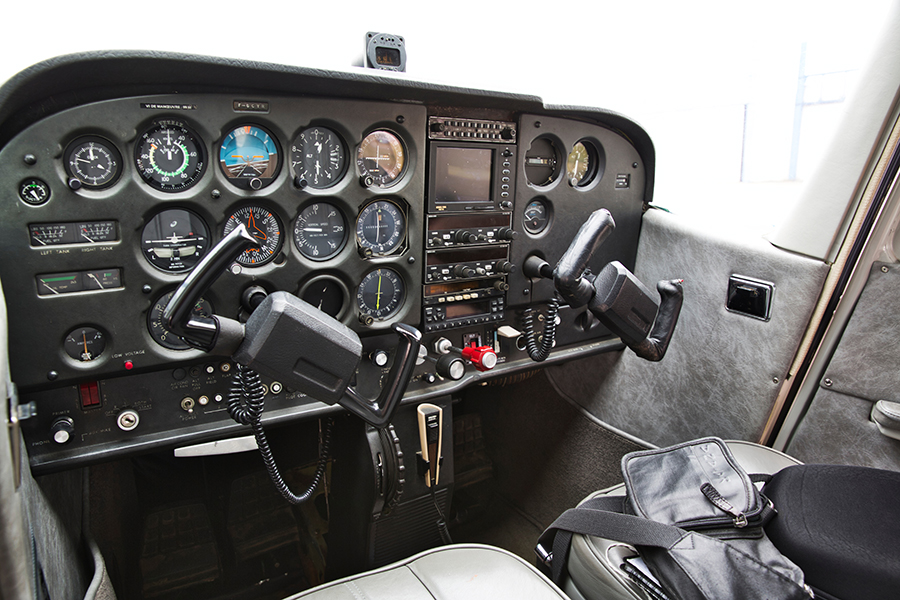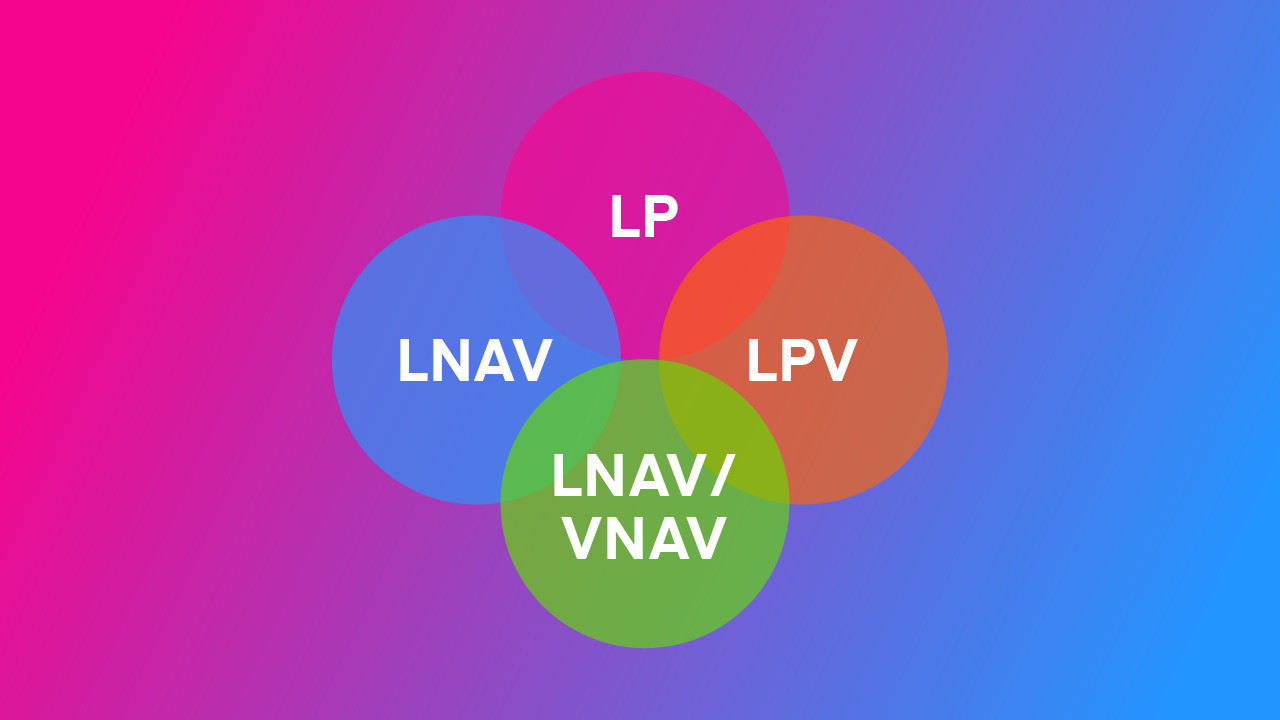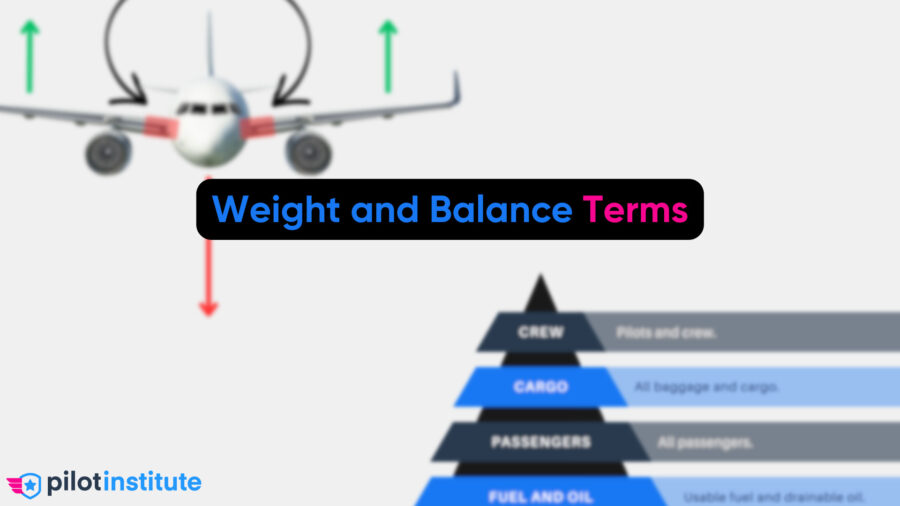Flying an aircraft is an exhilarating experience, but it can also be challenging, especially when navigating through low visibility conditions such as clouds or fog. Pilots need to rely on instruments to fly the aircraft safely and efficiently in these situations. This is where Instrument Flight Rules (IFR) come in.
IFR refers to regulations governing the procedures for flying an aircraft using instruments in low-visibility conditions. Flying IFR requires specific skills and equipment that differ from those used in Visual Flight Rules (VFR).
If you want to learn more about what you need to fly IFR, you’ve come to the right place. This article will explore the essential equipment and skills required to fly IFR safely and confidently.
What is IFR?
IFR stands for Instrument Flight Rules. It is a set of regulations and procedures that govern how pilots fly aircraft when visibility is limited, such as in clouds, fog, or other low-visibility conditions.
IFR relies on a pilot’s ability to fly the aircraft using instruments and navigation aids like radio beacons and GPS. It requires pilots to have specialized training and certification beyond what is necessary for flying under Visual Flight Rules (VFR).
The primary purpose of IFR is to ensure the safety of flights in low-visibility conditions by providing clear rules and procedures for pilots to follow. It also allows for more efficient use of airspace and enables pilots to fly standard routes, reducing flight time and fuel consumption.
Because IFR procedures are more efficient and safer than VFR procedures, nearly all commercial flights operate using IFR flight rules, regardless of weather conditions.
Overall, IFR is an essential aspect of aviation that enables pilots to fly safely and confidently in various weather conditions, making air travel more reliable and accessible to passengers and cargo alike.
What Do You Need to Fly IFR?
To fly IFR, you require the following:
- An IFR-capable aircraft
- A crew with Instrument Ratings that meet recency requirements
- An IFR flight plan
Let’s explore each of these requirements in detail.
1. IFR-Capable Aircraft
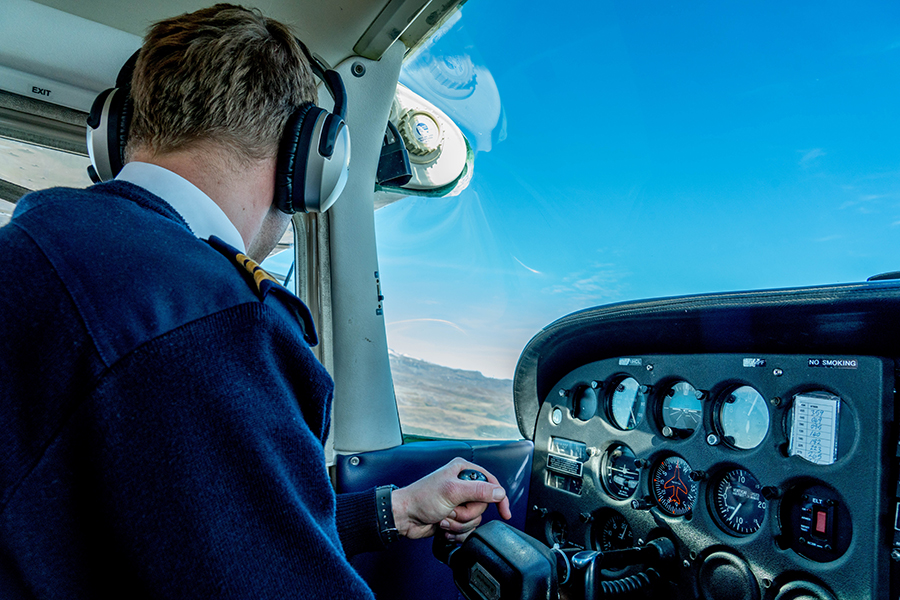
Firstly, the aircraft type must be IFR certified. If you’re unsure if your aircraft is IFR certified, check the POH. VFR-only aircraft generally have “VFR Only” placards in the cockpit.
According to 14 CFR 91.205, an aircraft flying under IFR must have the following:
- The instruments and equipment specified for VFR flight during day and night:
- Airspeed indicator
- Altimeter
- Magnetic direction indicator
- Tachometer for each engine
- Oil pressure gauge for each engine using a pressure system
- Temperature gauge for each liquid-cooled engine
- Oil temperature gauge for each air-cooled engine
- Manifold pressure gauge for each altitude engine
- Fuel gauge indicating the quantity of fuel in each tank
- Landing gear position indicator, if the aircraft has a retractable landing gear
- Safety belts
- An Emergency Locator Transmitter (ELT)
- Position Lights
- Anticollision Lights
- At least one landing light (if the aircraft is operated for hire)
- One spare set of fuses, or three spare fuses of each kind, accessible to the pilot in flight
- Two-way radio communication and navigation equipment suitable for the route to be flown
- Gyroscopic rate-of-turn indicator (except for some aircraft)
- Slip-skid indicator
- Sensitive altimeter adjustable for barometric pressure
- A clock displaying hours, minutes, and seconds
- Generator or alternator of adequate capacity
- Attitude indicator
- Heading indicator
- Radios and navigational equipment appropriate to the ground facilities to be used
It is interesting to note that there is no requirement for navigational equipment such as VOR and GPS, but you must have them equipped if you intend to use their associated facilities. Since IFR procedures rely heavily on these types of navigational equipment, you won’t go far without them.
2. Instrument Rated and Recent Crew
Alright, your aircraft is IFR certified and has all the bells and whistles you’ll need for IFR flights.
Now you need someone (maybe you?) to fly it.
Instrument Rating Requirements
To fly an aircraft under IFR, you need an Instrument Rating. To obtain an Instrument Rating, you need to satisfy the following requirements:
- Hold at least a current private pilot certificate
- Understand the English language
- Receive ground and flight training
- Pass a knowledge test
- Pass a practical test
- Have logged 50 hours of cross-country flight time as Pilot in Command (PIC)
- Log 40 hours of actual or simulated instrument time, which includes:
- A flight of 250 nautical miles along airways or by routing from Air Traffic Control
- An instrument approach at each airport
- Three different kinds of approaches using navigation systems
- A maximum of 10 hours of instrument time can be received in a basic aviation training device or a maximum of 20 hours of instrument time in an advanced aviation training device
Great, now you have your instrument rating. But before jumping into the cockpit, you must ensure that you meet recency requirements.
Recency refers to the training and recent flight experience required to exercise the privileges of your license (and its associated ratings).
In the context of IFR flights, it means that you need to have recent experience flying IFR. Unlike VFR recency requirements, which mainly only apply to flights with passengers, IFR recency requirements also include solo flights.
Instrument Currency Requirements
To act as the Pilot in Command (PIC) of an aircraft flying under IFR, you must, within the preceding 6 calendar months, have logged the following:
- Six instrument approaches
- Holding procedures and tasks
- Intercepting and tracking courses through the use of navigational electronic systems
If you fall out of currency, you’ll need to either:
- Fly IFR approaches under VFR (and not on an IFR flight plan), preferably with a safety pilot. This may be difficult depending on the airport, as you’ll likely need an IFR flight plan to fly IFR approaches.
- Fly with a Certified Flight Instructor (CFII) and perform the required approaches (the CFI will be PIC).
- Complete an Instrument Proficiency Check
You must complete an Instrument Proficiency Check if you are not current for 12 months. This is similar to the instrument check-ride, and you can perform it with a CFII.
3. IFR Flight Plan
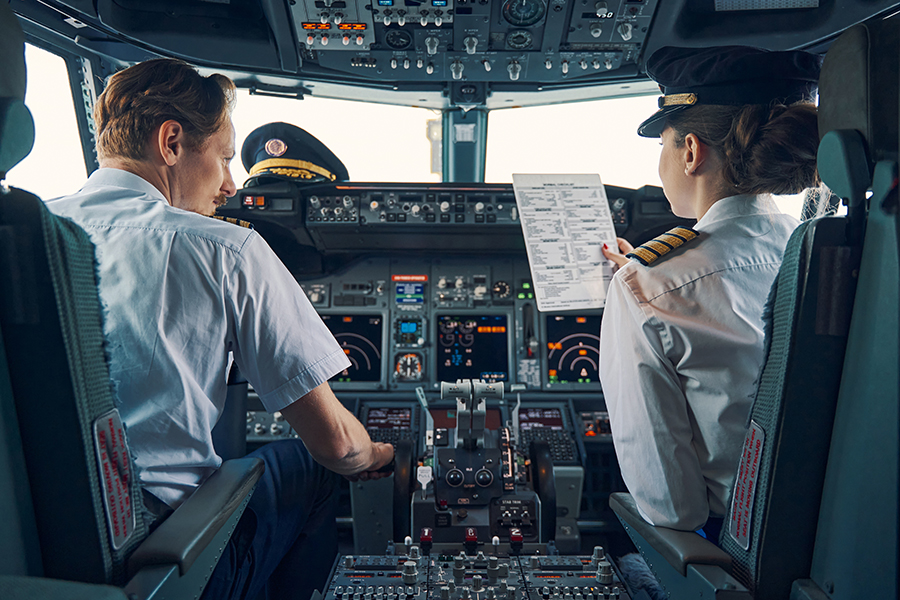
Flying an aircraft under IFR in controlled airspace requires pilots to file an IFR flight plan before taking off. There are several reasons why flight plans are mandatory on IFR flights.
Safety
The primary reason pilots need to file an IFR flight plan is safety. When flying under IFR, pilots must navigate through clouds and other weather conditions that can obstruct visibility. This type of flying requires specialized training, equipment, and procedures to ensure the safety of the flight.
An IFR flight plan provides air traffic control with important information, such as the aircraft’s intended route, altitude, and expected time of arrival at each waypoint. This information helps air traffic control monitor the flight’s progress, identify potential hazards, and provide guidance to the pilot to ensure a safe flight.
It also allows ATC to provide traffic separation, a significant concern in a low-visibility environment.
Efficiency
Flying under IFR requires pilots to follow specific procedures to ensure efficient navigation through controlled airspace. Pilots can coordinate with ATC and follow predetermined procedures by following a flight plan, dramatically increasing efficiency. This helps ensure that the flight is conducted efficiently and arrives at its destination on time.
Conclusion
In conclusion, flying under Instrument Flight Rules (IFR) is an essential aspect of aviation that enables pilots to fly safely and confidently in low-visibility conditions. To fly IFR, pilots need an IFR-capable aircraft, a crew with Instrument Ratings that meet recency requirements, and an IFR flight plan.
Flying IFR requires specialized training, equipment, and procedures that differ from those used in Visual Flight Rules (VFR). The primary purpose of IFR is to ensure the safety of flights in low-visibility conditions by providing clear rules and procedures for pilots to follow. It also allows for more efficient use of airspace and enables pilots to fly standard routes, reducing flight time and fuel consumption.
By following the necessary requirements and guidelines, pilots can confidently navigate through clouds, fog, or other low-visibility conditions, making air travel safer and more reliable.
